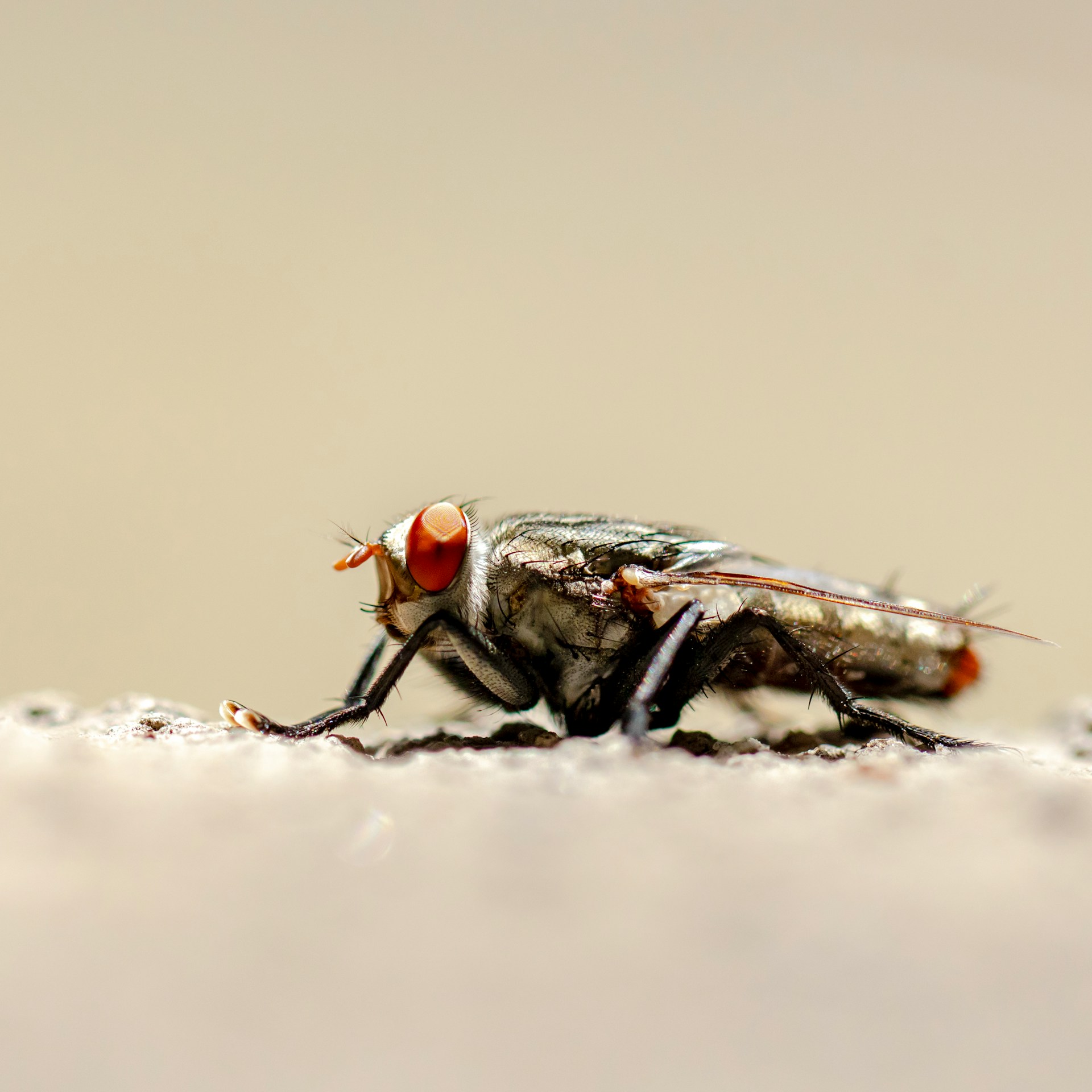Breeding patterns of house flies
Looking at the housefly sitting on the counter, seemingly minding his own business, is not as innocent as it seems after all. Although it looks so harmless, it is part of an ongoing cycle of breeding insects that carry diseases and pose significant health and hygiene risks.
Understanding how their breeding cycles work and why they are harmful will also help you understand how to prevent infestation and why you should use professional pest control services.
Life cycle
Houseflies undergo a complete metamorphosis when they go through four distinct stages: egg, larva, pupa, and adult. Each cycle happens quickly and allows the populations to grow exponentially in the ideal conditions.
1. Egg stage: the female houseflies lay their eggs in moist, decaying organic matter such as garbage, manure, or rotting food. A single female can lay up to 500 eggs in her lifetime, typically in batches of 75 to 150 eggs. The eggs are tiny, white, and oval-shaped, hatching within 24 hours under optimal conditions.
- Larva stage: Once hatched, the larvae, commonly known as maggots, feed voraciously on the organic material around them. This stage lasts for three to five days, and the maggots grow rapidly, molting several times.
- Pupa stage: After reaching their full size, the maggots enter the pupal stage, where they form a protective cocoon. Inside, they undergo transformation into adult flies. This stage typically lasts three to six days but can vary depending on temperature and environmental conditions.
- Adult stage: Emerging as fully developed flies, adults are ready to mate within 24 to 48 hours. With a lifespan of about 15 to 30 days, houseflies dedicate their lives to feeding, reproducing, and spreading diseases.
Why they are harmful
Houseflies carry various diseases and pathogens that can make us sick. The way they feed and breed in unsanitary environments plays a big part in their harmfulness.
- Disease transmission: Houseflies are known to spread over 65 diseases, including cholera, typhoid fever, dysentery, and salmonella. They pick up pathogens on their legs, wings, and mouths while feeding on garbage, faeces, and decaying matter. These pathogens are then transferred to human food and surfaces.
- Contamination of food and surfaces: Flies regurgitate digestive enzymes onto food to liquefy it before consumption. This process contaminates the food with bacteria and other harmful microorganisms, increasing the risk of foodborne illnesses.
- Allergic reactions: Some individuals may experience allergic reactions to fly bites or exposure to fly waste, further emphasising the need for control measures.
Signs of a housefly infestation
Recognising the early signs of an infestation can help you take timely action to prevent it from escalating. Here’s what to look out for:
- Increased fly activity: Spotting multiple flies indoors or around food preparation areas is often the first sign of an infestation. Pay attention to their congregation points, such as garbage bins and food scraps.
- Maggots: The presence of maggots in garbage, drains, or other decaying material indicates active breeding. Maggots are a clear warning that sanitation practices need to be improved.
- Dark spots and smears: Houseflies leave behind dark spots or streaks of waste on walls, ceilings, and surfaces. These marks are not only unsightly but also a potential source of bacteria.
- Buzzing sounds: Persistent buzzing near windows, lights, or food sources may indicate an increasing fly population.
Why you need Premium Pest Control
While DIY measures can help mitigate small infestations, larger or recurring problems often require professional intervention. Here’s why hiring a pest control expert is the best choice:
- Expert knowledge: Pest control professionals understand the behaviour and biology of houseflies. They can identify the root causes of infestations and provide targeted solutions.
- Effective treatments: Professionals use specialised tools, treatments, and techniques that are more effective than over-the-counter products. These treatments are designed to eliminate both adult flies and their breeding sites.
- Preventative measures: Premium Pest Control doesn’t just remove the immediate problem; we also offer advice and solutions to prevent future infestations. This includes identifying potential breeding grounds and addressing them proactively.
- Safety assurance: The products and methods used by Premium Pest Control are safe for families, pets, and the environment when applied correctly. This minimises the risks associated with improper chemical use in DIY efforts.
Conclusion
Houseflies are more than just a nuisance; they are a public health hazard that thrives in unsanitary conditions. By understanding their life cycle and the factors that contribute to infestations, communities can take effective steps to prevent and control their presence. However, for long-term and reliable results, partnering with Premium Pest Control is essential. With our expert knowledge and effective treatments, we can ensure a healthier, fly-free environment for your home or business.

